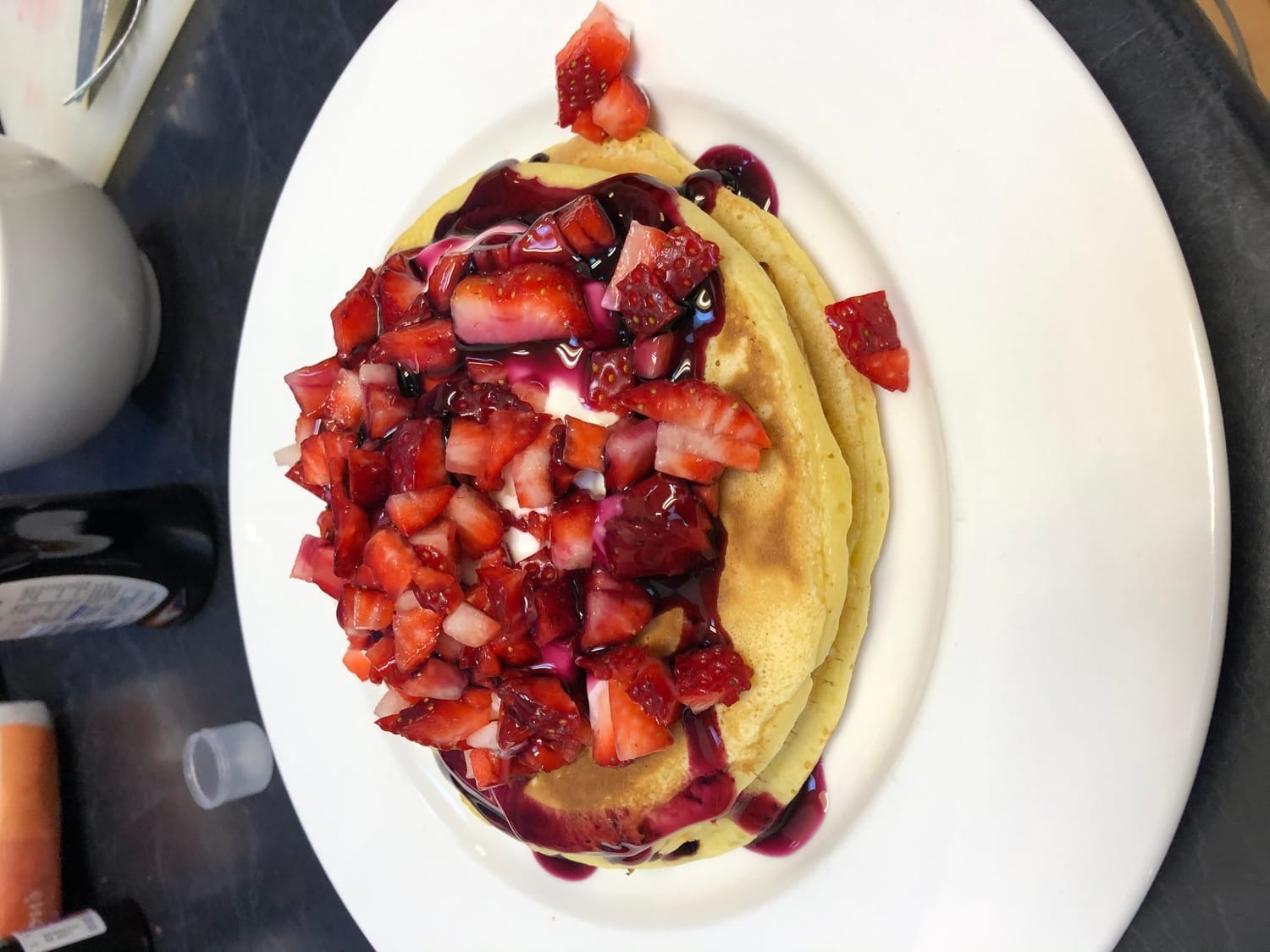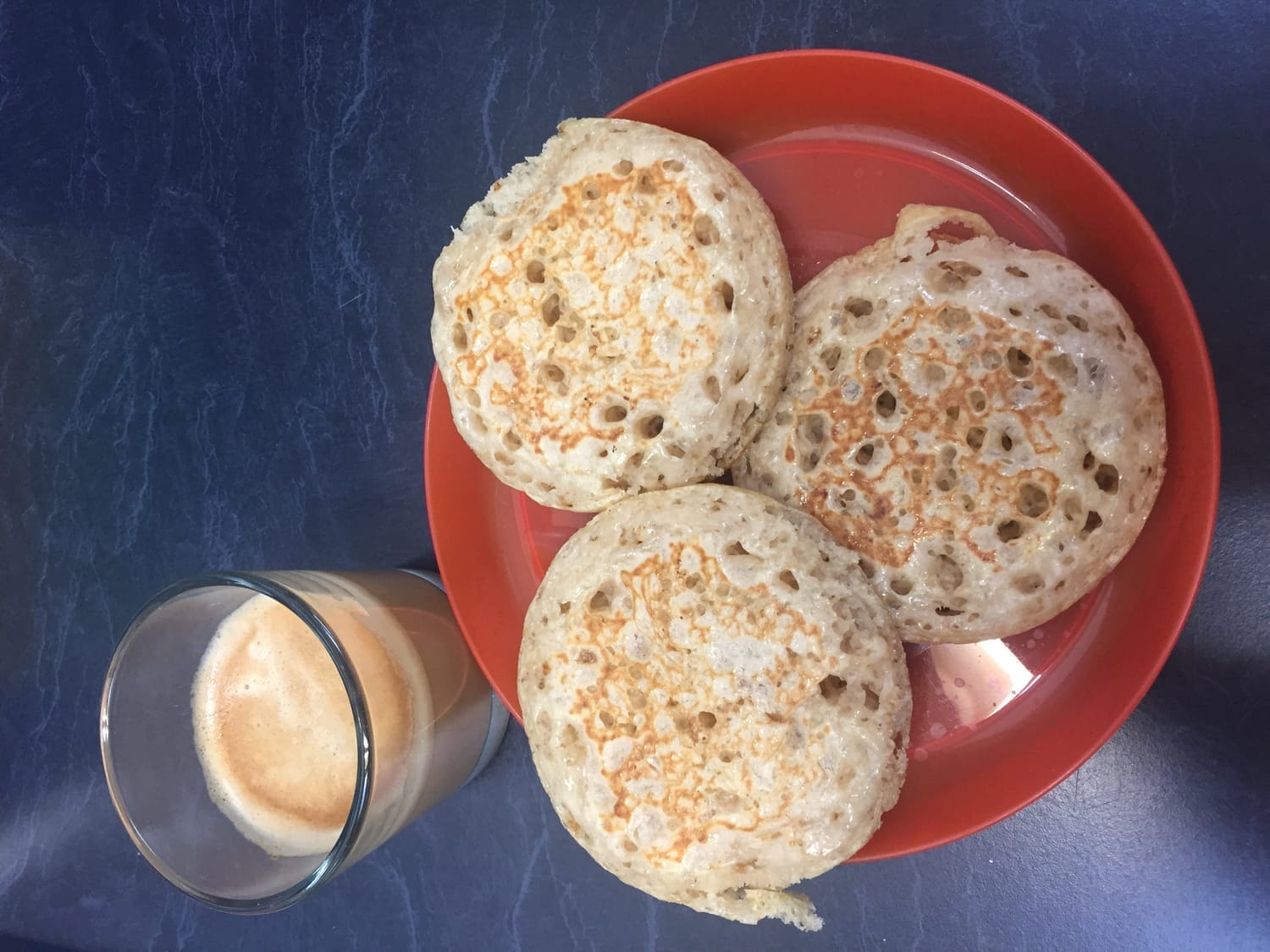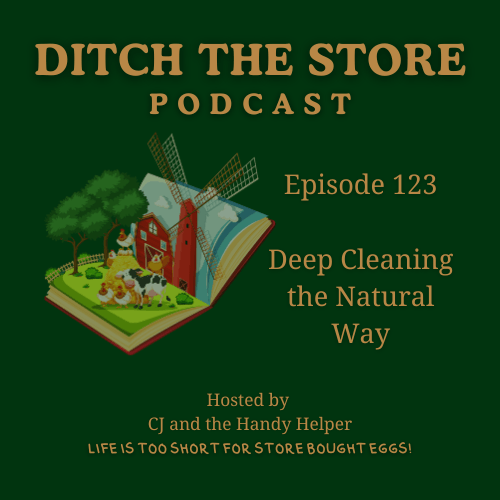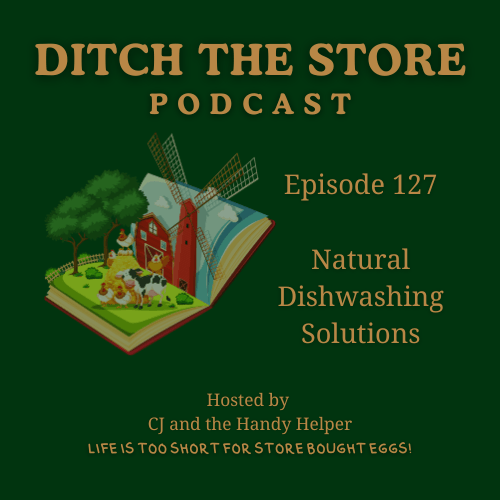
Sourdough Discard
Sourdough bread has captured the hearts of home bakers everywhere with its tangy flavor and health benefits, but what about the sourdough discard? Many of us find ourselves with an excess of this byproduct and wonder how to avoid wasting it.
The good news is that sourdough discard can be transformed into a variety of delicious recipes, turning what might seem like waste into culinary treasures. From savory crackers to sweet pancakes, the possibilities are endless and equally delightful. In this post, we'll explore how to make the most of your sourdough discard, highlighting recipes that are easy to whip up and showcasing the benefits of incorporating sourdough into your everyday meals.

What is Sourdough Discard?
Sourdough discard is the portion of your sourdough starter that you remove before feeding the rest. It's essentially unfed starter that's still packed with wild yeast and beneficial bacteria. While it might not be active enough to leaven a loaf of bread, it's still full of that tangy sourdough flavor we all love.
If you need to get a starter going and aren't sure where to "start", you can download my Sourdough Starter Cheat Sheet here.
Why Use Sourdough Discard?
Using your discard is a great way to reduce waste and get more bang for your buck from your sourdough bread-making hobby. Plus, it's a fantastic way to add flavor and nutrition to various recipes.
Sourdough discard still carries many of the benefits of sourdough bread, including easier digestion and a unique taste profile.

Storing and Using Sourdough Discard
If you can't use your discard right away, don't worry! You can store it in an airtight container in the fridge for up to a week. For longer storage, you can even freeze it for a few months. Just thaw it in the fridge overnight before using.
Remember, while sourdough discard is great for many recipes, it's not ideal for making a full loaf of sourdough bread. For that, you'll want to use your active, fed starter to ensure a good rise and that classic sourdough bread texture we all love.
By incorporating sourdough discard into your cooking, you're not just reducing waste – you're adding flavor, nutrition, and a touch of homemade goodness to your meals. So next time you're feeding your starter, don't toss that discard. Instead, try one of these recipes and discover a new favorite way to enjoy the benefits of sourdough bread in a different form!
Discovering Sourdough Discard
Sourdough discard is a treasure trove of flavor and nutrition that often goes overlooked. In this section, we'll explore what sourdough discard is, the benefits of sourdough bread, and how it compares to commercial yeast bread.
What is Sourdough Discard?
Sourdough discard is the portion of sourdough starter that is typically removed during the feeding process. It's a mixture of flour and water that has been fermented by wild yeast and bacteria.

Many bakers discard this portion to maintain a manageable amount of starter. However, this "waste" product is actually full of flavor and can be used in various recipes.
Sourdough discard has a tangy, slightly acidic taste that can add depth to baked goods and other dishes. It's a versatile ingredient that shouldn't be overlooked in your culinary adventures.
Sourdough Bread Benefits
Sourdough bread offers numerous health benefits compared to conventional bread. The fermentation process breaks down gluten, making it easier to digest for some people.
Nutritional benefits of sourdough bread include:
Higher levels of vitamins and minerals
Lower glycemic index
Improved gut health due to beneficial bacteria
The long fermentation process also enhances the flavor profile, creating a complex taste that many find superior to regular bread.
Sourdough Bread vs. Commercial Yeast
When comparing sourdough bread to commercial yeast bread, several key differences emerge:
Aspect
Flavor
Texture
Shelf life
Digestibility
Sourdough Bread
Complex, tangy
Chewy, varied
Longer
Often easier
Commercial Yeast Bread
Milder, less complex
Uniform, softer
Shorter
May cause issues for some
Sourdough bread's unique characteristics stem from its slow fermentation process, which allows for the development of flavors and the breakdown of complex carbohydrates.
Tasty Recipes with Discard
Don't let your sourdough discard go to waste! This section will introduce you to some delicious and easy recipes that make use of this flavorful ingredient.
Easy Sourdough Cracker Recipe
Sourdough crackers are a fantastic way to use up discard while creating a delicious snack. Here's a simple recipe to get you started:
Mix 1 cup sourdough discard with 1/4 cup melted butter, 1 cup flour, and 1/2 tsp salt.
Roll out the dough thinly on a parchment-lined baking sheet.
Score the dough into desired cracker shapes.
Bake at 350°F (175°C) for 15-20 minutes until golden brown.
These crackers have a delightful tangy flavor and crispy texture. Experiment with different herbs and spices to create your own unique variations.

Quick Crumpets and Pancakes
Sourdough discard can easily be transformed into delicious breakfast treats like crumpets and pancakes.
For crumpets, mix 1 cup discard with 1/2 tsp baking soda and a pinch of salt. Cook in greased rings on a griddle until bubbles form and flip to finish.
Pancakes are even simpler: mix 1 cup discard with 1 egg, 2 tbsp melted butter, and 1/4 tsp baking soda. Cook on a hot griddle until golden brown on both sides.
These quick recipes are perfect for using up discard while creating a tasty breakfast or brunch option.

Creative Flatbreads and More
Sourdough discard can be used to create a variety of flatbreads, from pizza crusts to naan-style breads.
For a basic flatbread, mix 1 cup discard with 1/2 cup flour and 1/4 tsp salt. Let rest for 30 minutes, then roll out and cook on a hot skillet.
Get creative with toppings and flavors:
Add herbs and garlic for a savory twist
Brush with olive oil and sprinkle with za'atar
Use as a base for quick pizzas
The possibilities are endless when you start experimenting with your sourdough discard in flatbreads and other creative recipes.
Making the Most of Your Discard
Sourdough discard is a valuable resource that can be used in many ways. This section will cover storage tips, eco-friendly uses, and beginner-friendly sourdough bread recipes.
Storing and Freezing Tips
Proper storage of sourdough discard can extend its usability and reduce waste. Here are some key tips:
Store discard in an airtight container in the refrigerator for up to a week.
For longer storage, freeze discard in small portions (ice cube trays work well).
Thaw frozen discard in the refrigerator overnight before using.
When using stored discard, give it a good stir before incorporating it into your recipe. If it's been stored for a while, you may notice some separation – this is normal and doesn't affect its usability.
Sourdough Bread Recipes for Beginners
For those new to sourdough baking, here are some simple recipes to get started:
Basic Sourdough Loaf: Mix 1 cup active starter with 3 cups flour, 1 cup water, and 1 tsp salt. Let rise, shape, and bake in a Dutch oven.
No-Knead Sourdough: Combine 1/2 cup starter, 3 cups flour, 1 1/4 cups water, and 1 tsp salt. Let rise overnight, shape, and bake.
Sourdough Focaccia: Mix 1 cup starter with 2 cups flour, 1/2 cup water, 2 tbsp olive oil, and 1 tsp salt. Let rise, press into a baking pan, top with herbs and oil, and bake.
These recipes are forgiving and perfect for beginners. Remember, patience is key in sourdough baking – the slow fermentation process is what gives sourdough its unique flavor and texture.
Learn More About Sourdough
If you are interested in learning more about sourdough, you can listen to my podcast series called Ditch the Store simply click the link.
Episodes 114 to 120 are all about sourdough and cover everything you need to know. I discuss starters, flours and all the questions you have.
Remember, life is too short for store bought eggs.
CJ
BY MOJO HOMESTEAD











